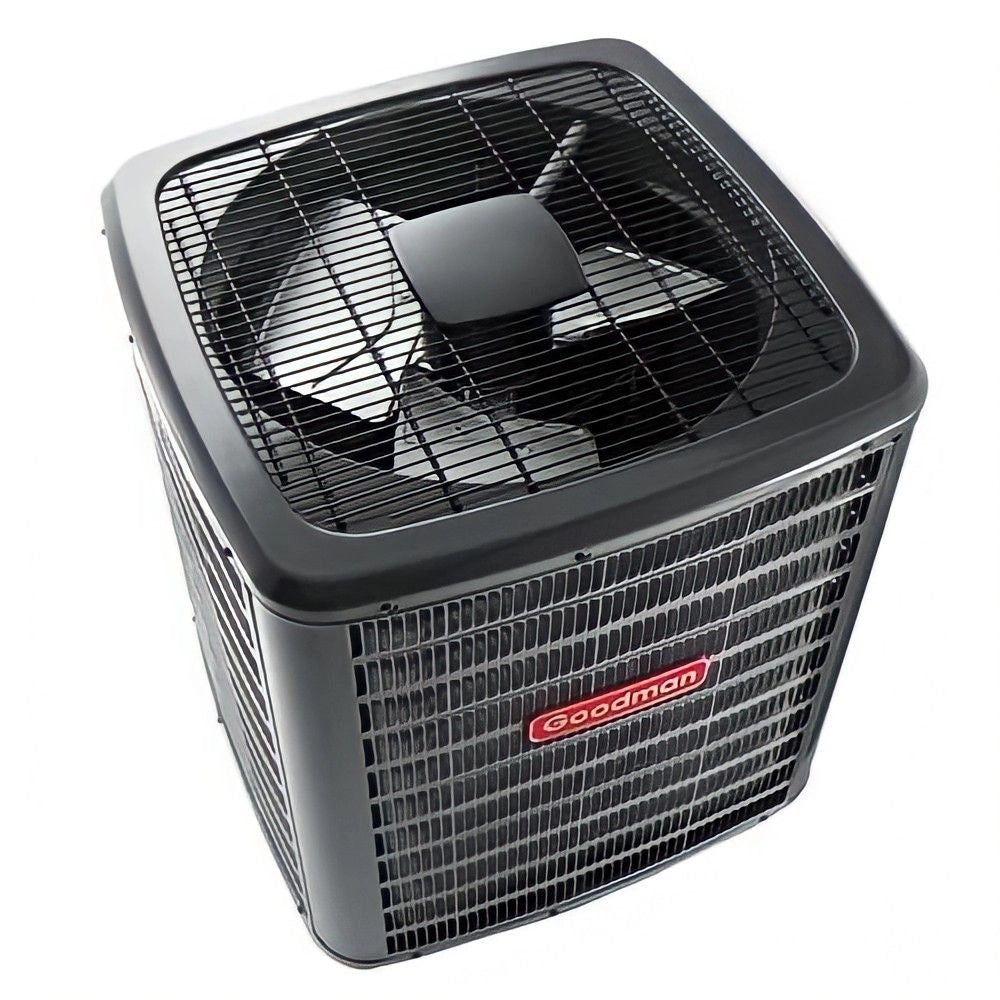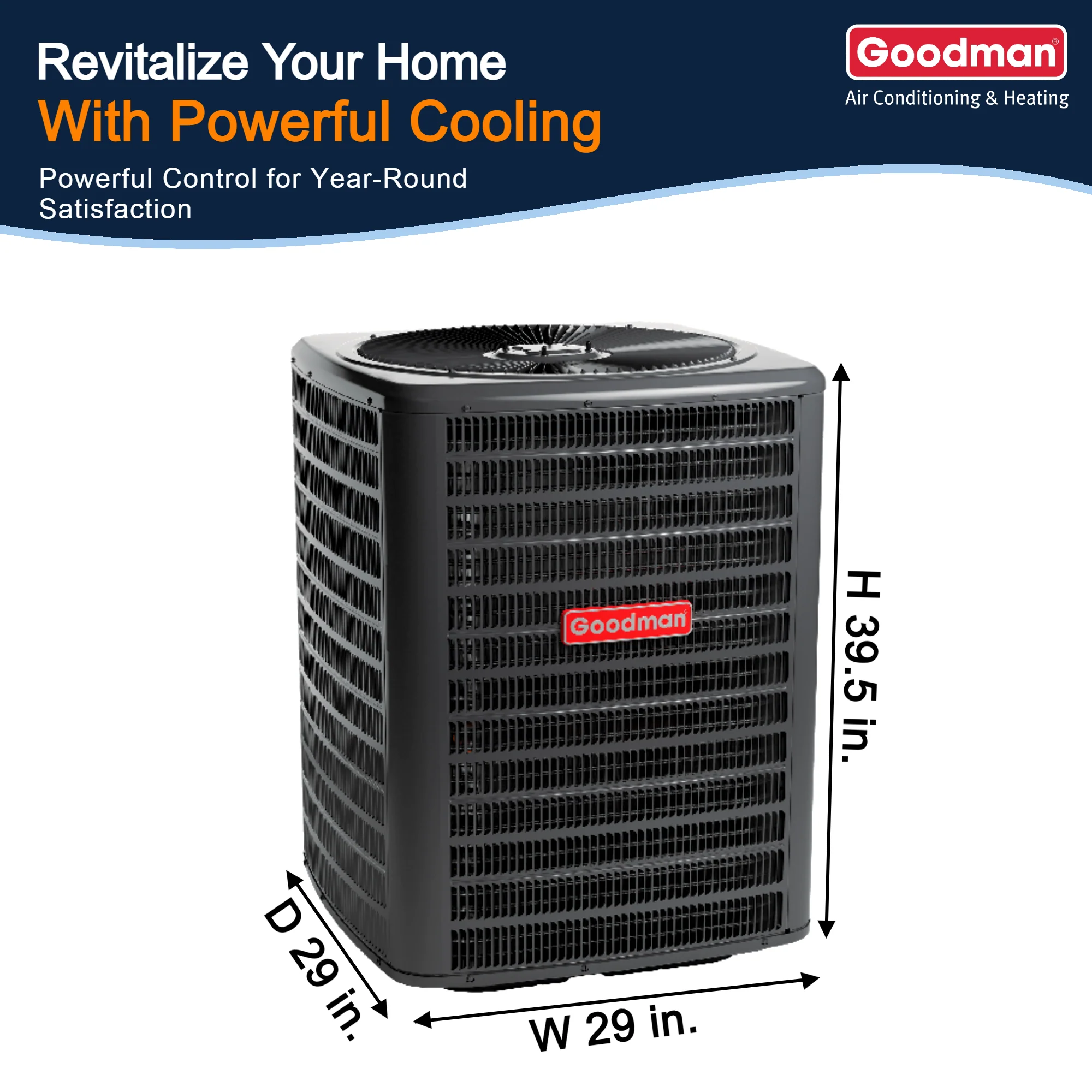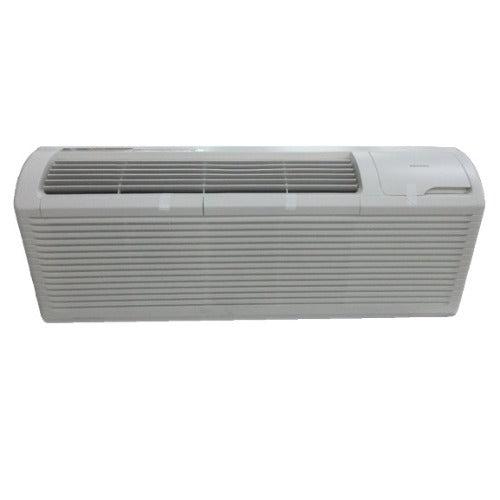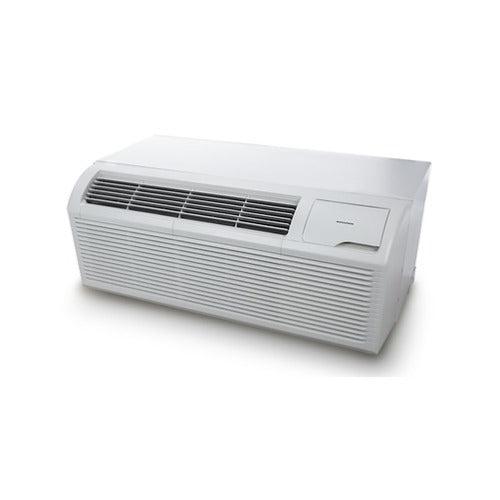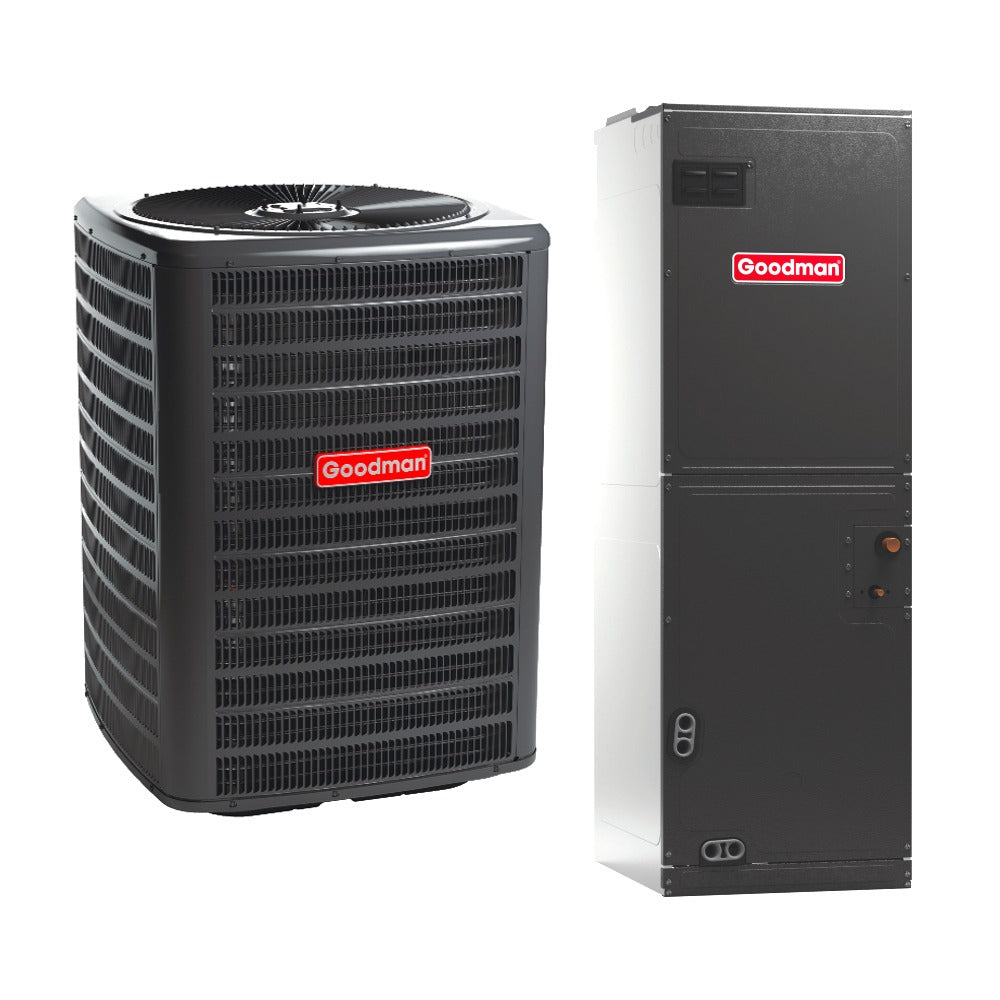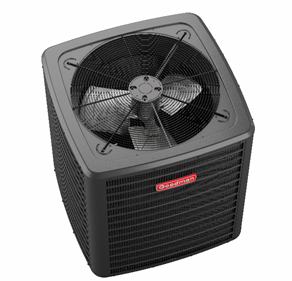Technician Insights | How Goodman Stacks Up on Efficiency, Build, and Serviceability
Introduction
With R-32 quickly becoming the new standard in residential HVAC refrigerants, many 3-ton AC systems are hitting the market. But not all are created equal. As a tech who's installed, maintained, and repaired dozens of these units across brands, I’ve seen firsthand where Goodman’s GLXS4BA3610 excels—and where it might not be the best fit.
This guide will walk you through a side-by-side comparison of Goodman’s 14.5 SEER2 system versus other major R-32 models in its class, focusing on energy efficiency, reliability, ease of installation, and service accessibility.
The Contenders: Goodman vs. Key Competitors
Let’s compare the GLXS4BA3610 to:
-
Carrier Comfort™ 14 R-32
-
Daikin DX14SA R-32
-
Trane XR14 R-32
All are 3-ton, 208/230V single-phase systems using R-32 refrigerant and targeting the mid-range homeowner market.
1. SEER2 Efficiency Ratings and Operating Costs
| Brand | Model | SEER2 | EER2 | Estimated Annual Cooling Cost* |
|---|---|---|---|---|
| Goodman | GLXS4BA3610 | 14.5 | 11.7 | ~$420 |
| Carrier | Comfort 14 R-32 | 14.3 | 11.5 | ~$430 |
| Daikin | DX14SA R-32 | 14.3 | 11.6 | ~$428 |
| Trane | XR14 R-32 | 14.0 | 11.4 | ~$435 |
*Based on average U.S. rates and 2,000 annual cooling hours.
Winner: Goodman offers the best balance of SEER2 and EER2 at a lower cost than most competitors.
2. Compressor Technology and Reliability
-
Goodman GLXS4BA3610: Scroll compressor with internal overload protection
-
Carrier Comfort: Reciprocating compressor (slightly louder, less efficient)
-
Daikin: Similar scroll design, shared manufacturing with Goodman (Daikin owns Goodman)
-
Trane XR14: Scroll compressor, solid but pricier service parts
In the Field: I’ve seen the GLXS4BA3610 scrolls handle extreme summer heat with fewer lockouts than Carrier’s reciprocating design.
3. Serviceability and Tech-Friendly Features
| Brand | Top Tech Features |
|---|---|
| Goodman | Side-discharge access, factory-installed filter drier, brass service valves |
| Carrier | Limited access panel, no suction-line drier |
| Daikin | Same panel setup as Goodman, good electrical layout |
| Trane | Durable, but panel screws often rust and strip |
Verdict: Goodman makes it easier and faster for techs to access components, diagnose issues, and swap parts.
4. Installation Flexibility
-
Goodman: Works with standard 24V thermostats and 13" pad footprints. Pre-charged up to 15 feet.
-
Carrier: Requires proprietary control board for some models.
-
Daikin: Compatible with smart thermostats; similar footprint to Goodman.
-
Trane: Heavier units; two-person lifts required more often.
Technician Tip: Goodman’s compatibility with universal components saves time and headaches on changeouts and retrofits.
5. Warranty Coverage
-
Goodman: 10-Year Parts Limited Warranty with registration
-
Carrier: 10-Year Parts, more exclusions in fine print
-
Daikin: Identical to Goodman
-
Trane: 10-Year Parts, but fewer third-party extended warranty options
For full warranty comparisons, check manufacturer docs at Goodman, Carrier, and Trane.
Final Verdict: Where Goodman Wins
If you're after:
-
Top-tier efficiency for the price
-
Easier diagnostics and repairs
-
Strong warranty support
...the GLXS4BA3610 is a strong buy.
However, for clients prioritizing ultra-low noise or ultra-premium materials, Trane may edge out slightly in long-term durability.
As someone who works on these every week, I’d choose Goodman in most residential installs—especially when balancing budget and reliability.

